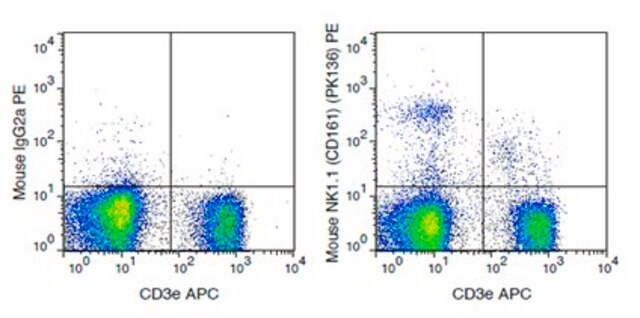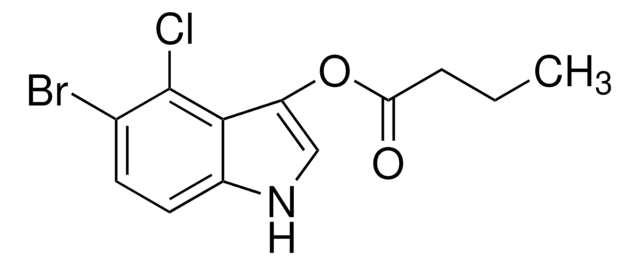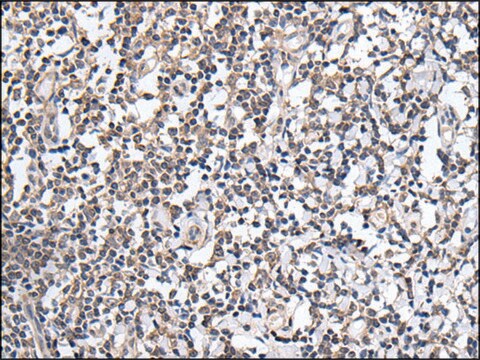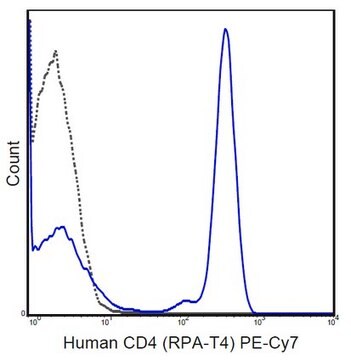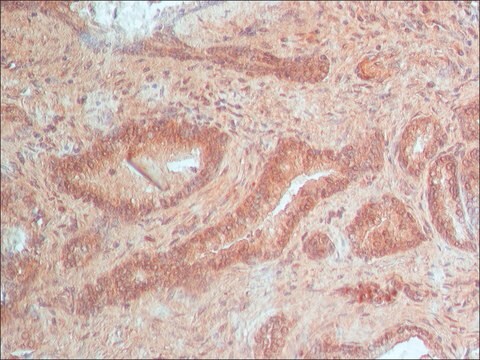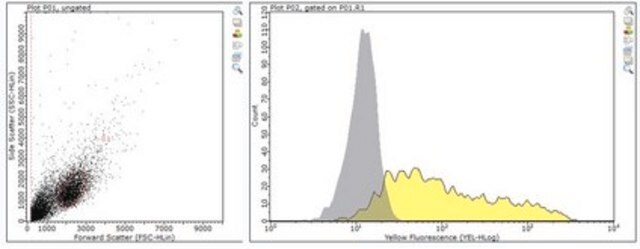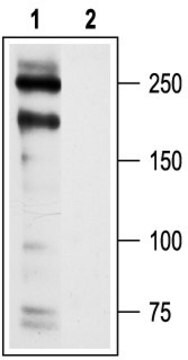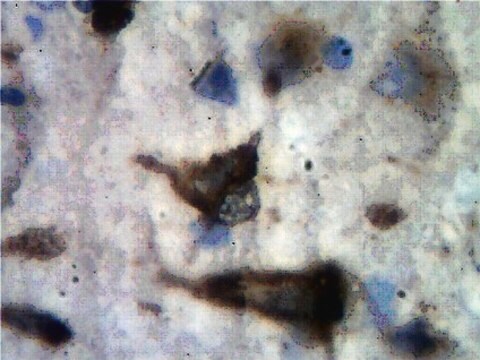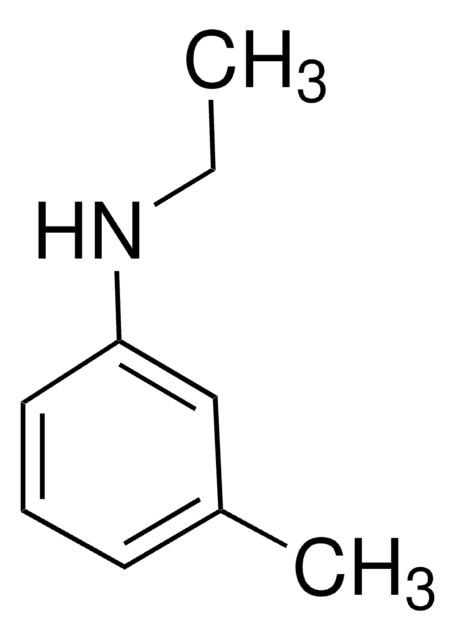MABF1495Z
Anti-NK1.1 (mouse) Antibody, clone PK136, Azide Free
clone PK136, from mouse
Synonyme(s) :
Killer cell lectin-like receptor subfamily B member 1B allele A, Killer cell lectin-like receptor subfamily B member 1C, CD161b, CD161c, CD161 antigen-like family member B, CD161 antigen-like family member C, Ly-55b, Ly-55c, Lymphocyte antigen 55b, Lymph
About This Item
Produits recommandés
Source biologique
mouse
Niveau de qualité
Forme d'anticorps
purified immunoglobulin
Type de produit anticorps
primary antibodies
Clone
PK136, monoclonal
Espèces réactives
mouse
Technique(s)
activity assay: suitable
flow cytometry: suitable
immunoprecipitation (IP): suitable
Isotype
IgG2aκ
Numéro d'accès GenBank
Numéro d'accès NCBI
Modification post-traductionnelle de la cible
unmodified
Informations sur le gène
mouse ... Klrb1C(17059)
Description générale
Spécificité
Immunogène
Application
Activity Assay: A representative lot activated target cell killing by cross-linking NK cell surface NK1.1 (NKR-P1C) and target cell surface Fc receptor. Ab-induced redirected lysis (AIRL) assay employing NK cells expressing both NKR-P1B and NKR-P1C prevented NK cell cytotoxicity activation by clone PK136 (Carlyle, J.R., et al. (1999). J. Immunol. 162(10):5917-5923).
Immunoprecipitation Analysis: A representative lot co-immunoprecipitated SHP-1, but not SHP-2 or SHIP, from Swiss NIH mouse-derived MNK-1 pre-NK cells upon upregulating NKR-P1B intracellular ITIM motif tyrosine phosphorylation by pervanadate treatment (Carlyle, J.R., et al. (1999). J. Immunol. 162(10):5917-5923).
Flow Cytometry Analysis: A representative lot immunostained the surface of Jurkat transfectants expressing C57BL/6J (B6) mouse-derived NKR-P1B/CD161b or Swiss NIH (Sw) mouse-derived NKR-P1C/CD161c/NK1.1, but not Jurkat transfectants expressing B6-derived NKR-P1A/CD161a (Carlyle, J.R., et al. (1999). J. Immunol. 162(10):5917-5923).
Flow Cytometry Analysis: A representative lot immunostained NKR-P1B/CD161b-expressing NK cells from Swiss NIH (Sw) mouse strain, NKR-P1C/CD161c/NK1.1-expressing NK cells from C57BL/6J (B6), as well as (B6 3 Sw)F1 cross-strain-derived NK cells expressing both NKR-P1B and NKR-P1C (Carlyle, J.R., et al. (1999). J. Immunol. 162(10):5917-5923).
Note: Clone PK136 is also available in the following conjugated forms for flow cytometry application, APC (MABF1487 & MABF1488), FITC (MABF1489 & MABF1490), PE (MABF1491), PerCP-Cy5.5 (MABF1493 & MABF1494). redFluor® 710 (MABF1496 & MABF1497).
Inflammation & Immunology
Immunological Signaling
Qualité
Flow Cytometry Analysis: 1.0 µg of this antibody detected NK1.1-positive mouse splenocytes.
Description de la cible
Forme physique
Stockage et stabilité
Handling Recommendations: Upon receipt and prior to removing the cap, centrifuge the vial and gently mix the solution. Aliquot into microcentrifuge tubes and store at -20°C. Avoid repeated freeze/thaw cycles, which may damage IgG and affect product performance.
Autres remarques
Informations légales
Clause de non-responsabilité
Vous ne trouvez pas le bon produit ?
Essayez notre Outil de sélection de produits.
Code de la classe de stockage
12 - Non Combustible Liquids
Classe de danger pour l'eau (WGK)
WGK 2
Point d'éclair (°F)
Not applicable
Point d'éclair (°C)
Not applicable
Certificats d'analyse (COA)
Recherchez un Certificats d'analyse (COA) en saisissant le numéro de lot du produit. Les numéros de lot figurent sur l'étiquette du produit après les mots "Lot" ou "Batch".
Déjà en possession de ce produit ?
Retrouvez la documentation relative aux produits que vous avez récemment achetés dans la Bibliothèque de documents.
Notre équipe de scientifiques dispose d'une expérience dans tous les secteurs de la recherche, notamment en sciences de la vie, science des matériaux, synthèse chimique, chromatographie, analyse et dans de nombreux autres domaines..
Contacter notre Service technique